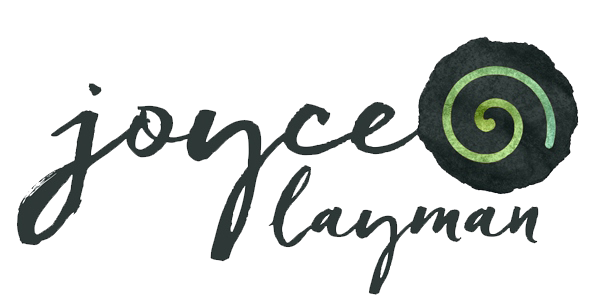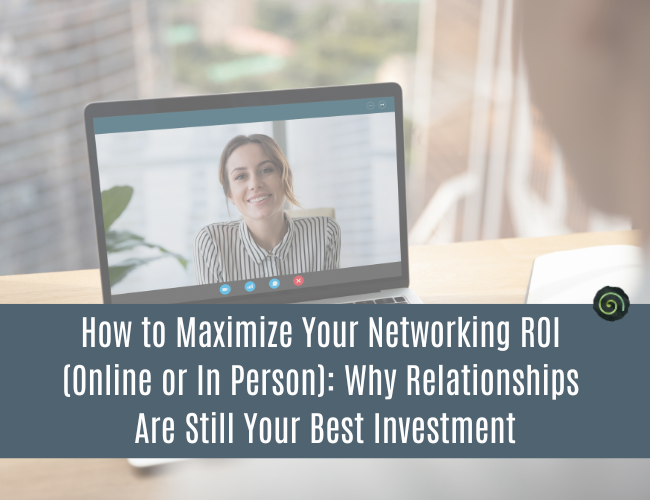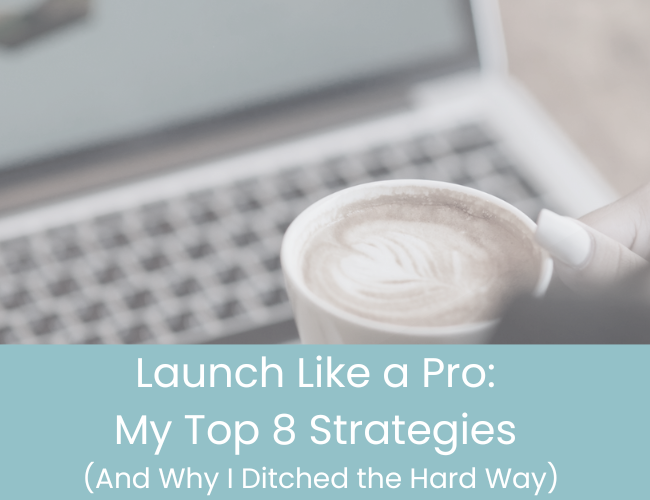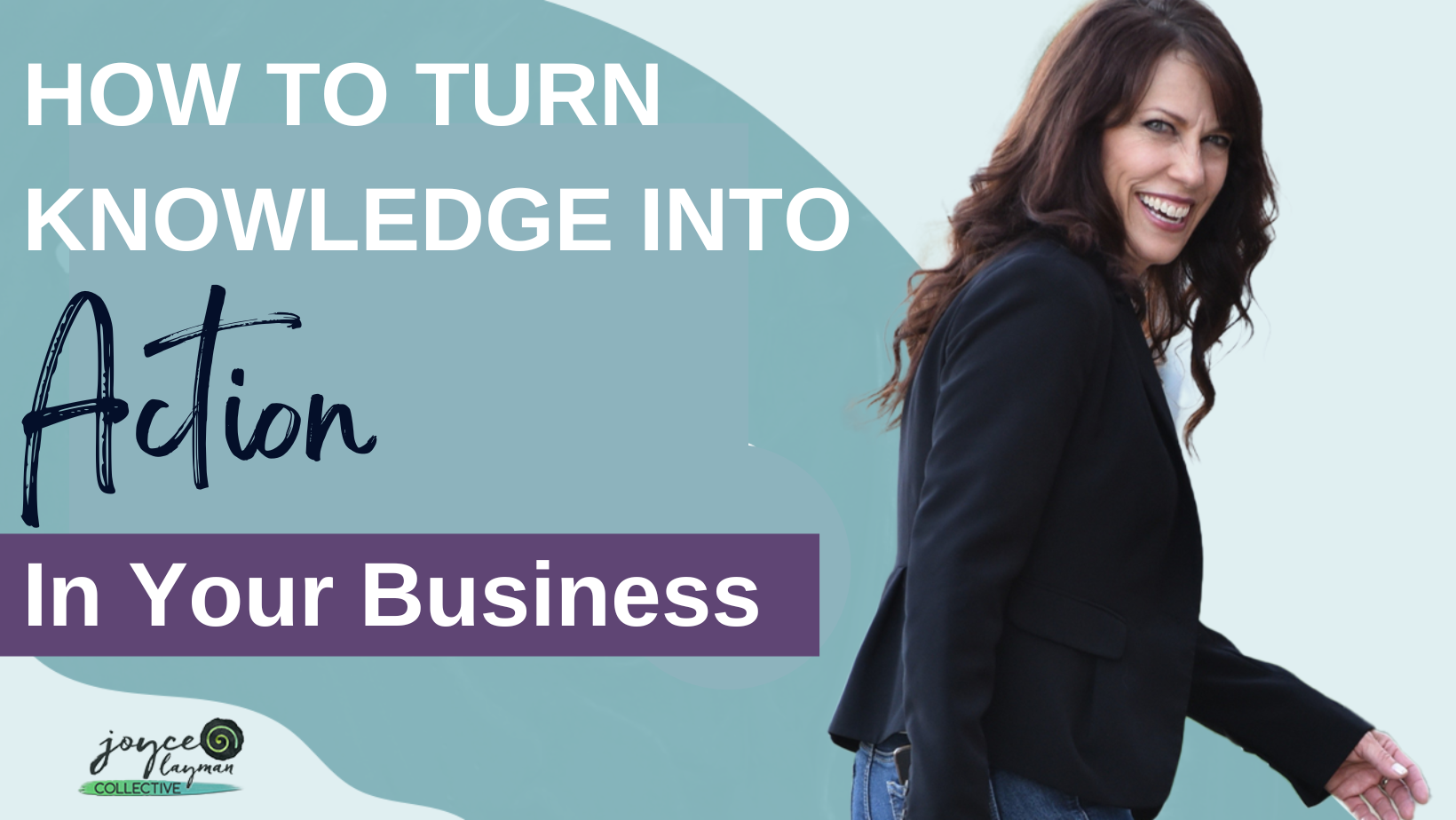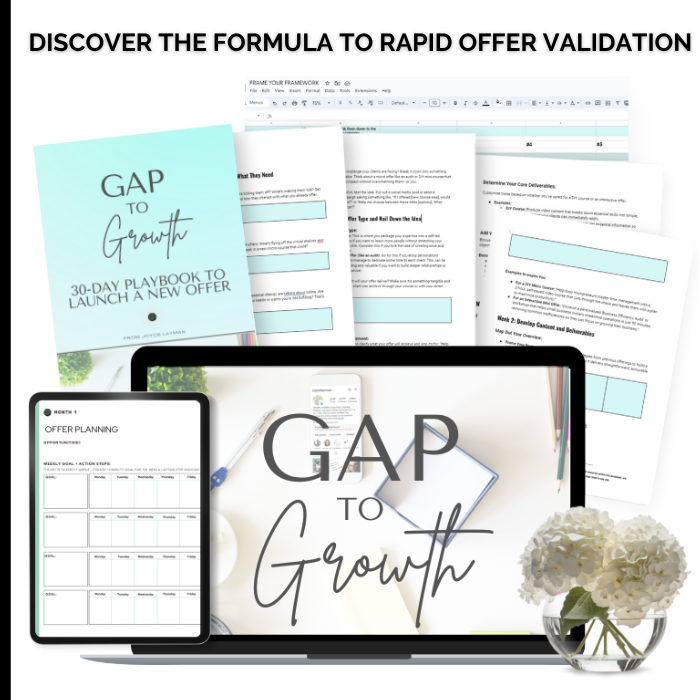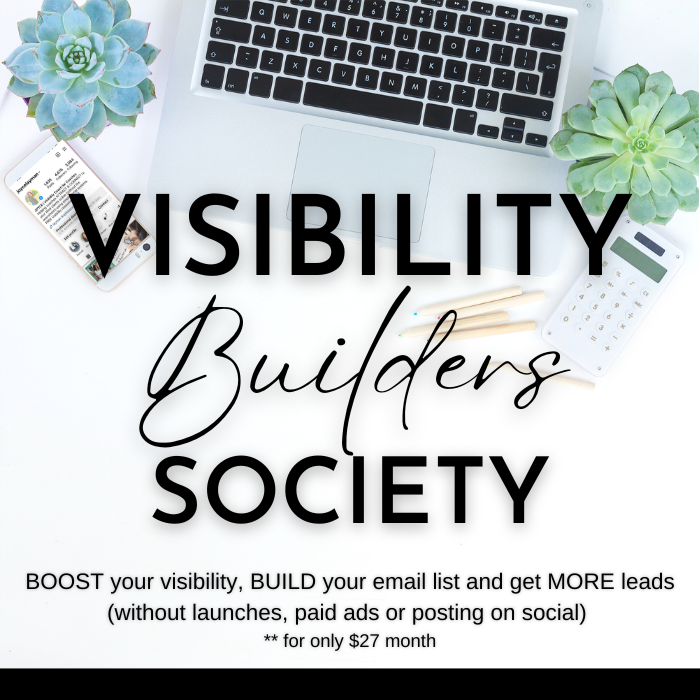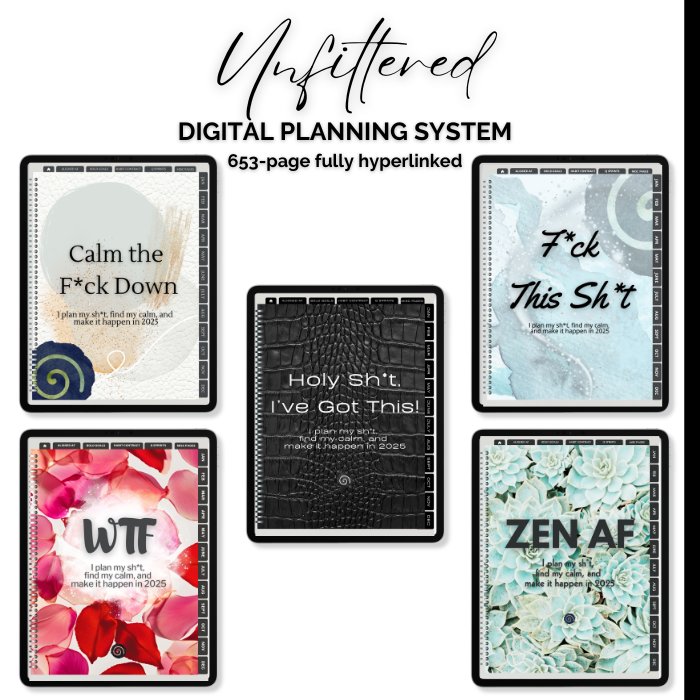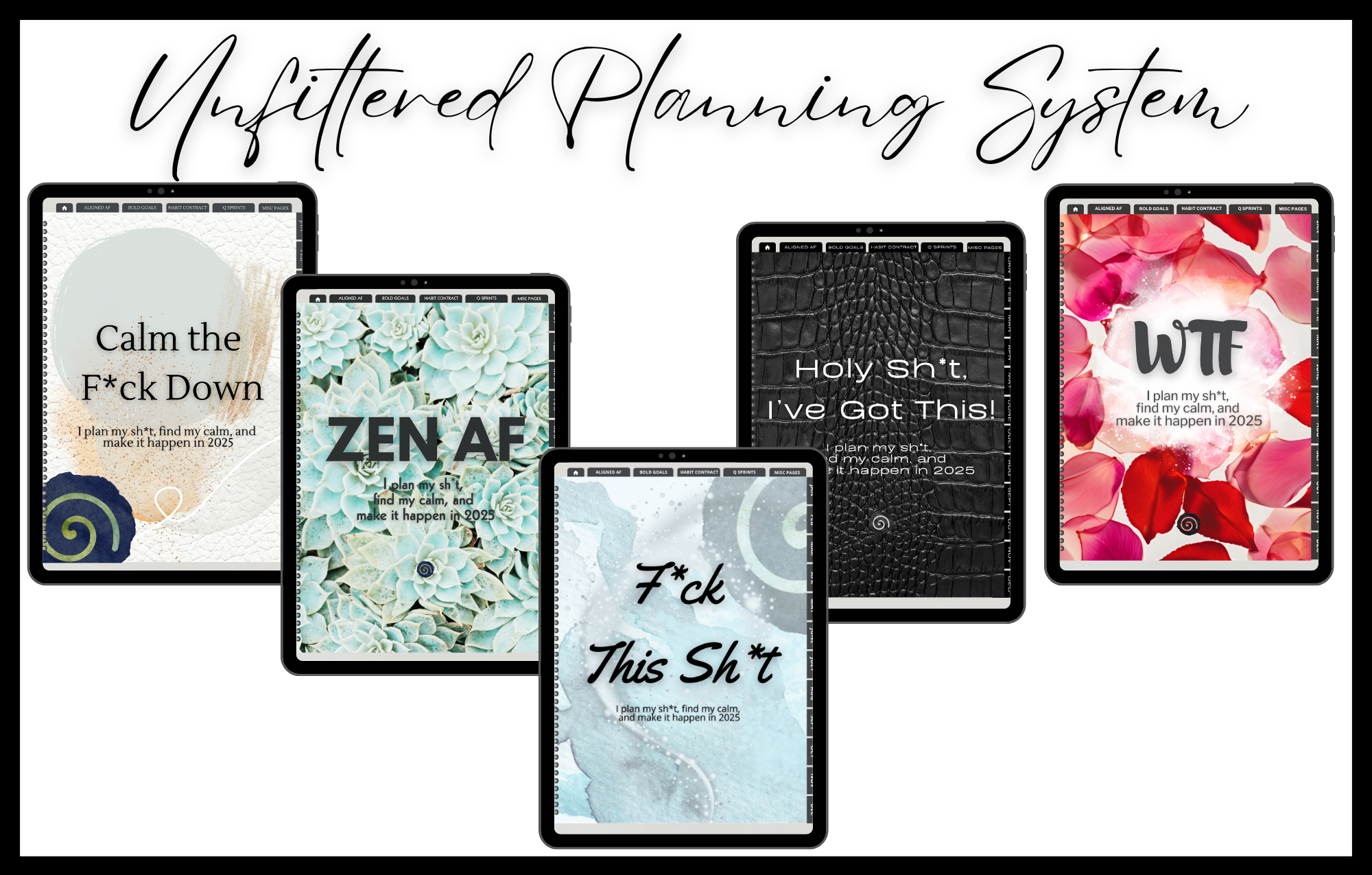There’s a reason you RSVP to the next webinar, schedule one more coffee chat, or show up at yet another networking event.
Whether you’re shaking hands in person or building relationships online, you’re hoping the time you spend making connections will eventually pay off.
I know that feeling well — because when I started my own business back in 2008, networking wasn’t just something I did occasionally. It was how I had to grow my business. Every client I landed in those early days came from a conversation, a connection, or a well-timed introduction.
Over time, my focus evolved. These days, I network to find potential clients, collaborators, and referral partners — and the added bonus? Some of the people I met along the way have become my closest friends.
You keep showing up because you believe there’s value in it, even when it feels like you’re endlessly introducing yourself, swapping business cards, or posting those “let’s connect” messages online.
But let’s be honest: sometimes, it feels like you’re spinning your wheels.
You think: I’ve done all the things. So where’s the return?
Here’s the truth — networking isn’t just about effort.
It’s about the right kind of effort, and more importantly, understanding what real ROI looks like in relationships. And it might not be what you expect.
Why Your Networking ROI Feels So Slow (and What’s Really Happening)
First, let’s zoom out.
Most tend to think of ROI in simple, direct numbers: dollars in, dollars out. But relationship ROI doesn’t follow that neat formula.
Relationships are compound interest. They pay off over time, not overnight.
“I found that the longer an individual participated in a business development network, the greater the number of referrals.”
— Ivan Misner, founder of BNI
Misner’s research proves what seasoned connectors know: the longer you stay engaged, the more valuable your network becomes.
This isn’t just about in-person meetings. It applies just as much to your LinkedIn messages, podcast guest appearances, and online communities. The more you engage consistently, the more trust you build. And trust is where the referrals flow from.
So, if you’ve been feeling impatient? That’s normal. But it also means you might be chasing quick wins instead of building true relational capital.
Are You Networking Transactionally or Relationally?
This is the fork in the road for most people.
Many people unknowingly treat networking like a transaction:
- What can this person do for me right now?
- How fast can I close a deal?
But here’s the thing: Transactional networking is painfully short-sighted.
Relational networking is where the magic happens. It asks:
- What could this connection grow into over time?
- How can we create value for each other, even if it’s not immediate?
This philosophy is the backbone of my book Your Connecting Advantage — a book that, by the way, earned me the incredible compliment of being called “the greatest networker in the world” by Bob Burg, co-author of The Go-Giver.
What I’ve seen time and time again is this:
Your highest ROI connections are rarely the people you meet and immediately close a deal with.
They’re the ones you nurture. The ones who eventually introduce you to your dream client or a collaboration you never saw coming.
The Costly Trap of Assumptions: Don’t Judge Someone’s Network
Here’s one of the biggest (and quietest) networking mistakes: assumptions.
You think you know someone’s network based on:
- Their title
- Their age
- Their industry
- Their location
- Even their social media presence
But let me tell you — assumptions are dangerous. And expensive.
Have you ever thought:
- “This person probably isn’t connected to my target audience.”
- “They seem too new to be valuable.”
- “Their job isn’t related to what I do.”
Here’s a real example from my own experience:
I once introduced Bob Burg (yes, the Bob Burg — co-author of The Go-Giver and a dear friend) to Harry Campbell, a former Sprint executive.
Now, this wasn’t a business matchmaking moment. I didn’t have a deal in mind, or a project for them to collaborate on. I just had a feeling they needed to know each other.
Bob was in town for a speaking engagement (I had the honor of sharing the stage with him), and they met for coffee.
The result? A friendship that has endured since 2009. And here’s the thing — they’ve thanked me more than once over the years for that introduction.
That’s the power of a connection you can’t quantify on a balance sheet. Sometimes, your best introductions aren’t about immediate business deals. They’re about trust, shared values, and relationships that unfold over time.
The lesson? People are like icebergs. You only see the surface. Never assume you know the depth of someone’s network or the role they might play in your story.
Understand the Two Types of Connections You’ll Meet
At every networking opportunity — online or in person — you’re going to meet two kinds of people:
1. The Repeat Connector
They show up consistently. Maybe you see them at every local event or regularly in your online groups. You don’t always connect right away, but their presence builds familiarity over time.
Ask yourself:
- Am I showing up consistently in my communities?
- Am I recognizing these Repeat Connectors and building trust over time?
2. The One-Hit Wonder
Sometimes, you meet someone, and the connection is instant.
No luck involved — it’s clarity. You came in knowing who you wanted to meet and had your mental filter switched ON.
Ask yourself:
- Did I prepare for this event (or online opportunity) with a clear goal in mind?
- Who am I hoping to connect with, and why?
Are You Fishing in the Right Pond?
Now let’s talk about where you’re spending your time.
It feels productive to say yes to every event, join every Facebook group, RSVP to every virtual summit, or go to every local meetup. But if your ideal connections aren’t in the room, you’re just filling your calendar.
Before your next event (or online networking sprint), ask:
- Is my ideal connection or collaborator here?
- Am I attending for depth, or just breadth?
- Am I clear about what I want to get from this space?
One of my favorite examples:
I once coached a business executive looking for his next career move. His previous company did over $300 million in revenue. Was he going to find his next opportunity at a random networking event? Not likely.
Instead, I made one targeted introduction to a trusted contact. That single connection opened doors that dozens of events never would have.
Strategy beats volume, every time.
From Wallflower to “Walking LinkedIn”
Now, let me share something personal.
Believe it or not, I started as a wallflower in the world of business networking.
Even though I worked in outside sales for most of my career, I did what everyone does at first: I collected cards, attended every mixer, and hoped it would pay off.
It didn’t. Not until I made one critical shift.
I realized the fastest way to grow my own influence was to become a connector for others.
When I focused on introducing people instead of just trying to sell to them, my reputation changed overnight. I became known as a “walking LinkedIn.” (Not my words — my peers said it!)
This applies whether you’re networking in person or building relationships online.
You don’t have to be the loudest voice in the room to be the most valuable one. Thoughtful introductions are one of the fastest ways to build your reputation as a trusted authority.
Ask yourself:
- Who in my network can I introduce today?
- How can I proactively create value for others, without expecting anything in return?
Trust me — the ripple effect is powerful.
Quantify the Value of Your Relationships
No, you don’t need to assign a dollar value to people. But you do need to understand the flow of value in your network.
Ask yourself:
- Who regularly opens doors for me?
- Where have my best referrals come from?
- Who do I need to thank and continue nurturing?
When you track this intentionally, you’ll see patterns — and that’s where your networking strategy really sharpens.
Remember: a trusted introduction can raise your conversion rate from 2% (cold outreach) to 75% or higher.
Track, Thank, and Follow Through
It sounds simple, but most people don’t do it:
- Track your connections and referrals.
- Thank the people who open doors.
- Follow through on opportunities.
Failing to give credit — or worse, claiming it for yourself — will damage your reputation fast. Protect your relationships by being the person who always acknowledges and appreciates others.
Final Takeaway: Relationship ROI Is Long-Term, but Worth Every Second
Building your network is about more than transactions.
It’s about trust, consistency, and showing up with the right mindset.
Your action list is simple:
- Play the long game.
- Stay curious about every connection.
- Challenge your assumptions.
- Be the connector.
- Track your progress.
- And always, always say thank you.
💡 Want to dive deeper? Grab my book, Your Connecting Advantage, for timeless strategies that work no matter where you network — online or offline.
